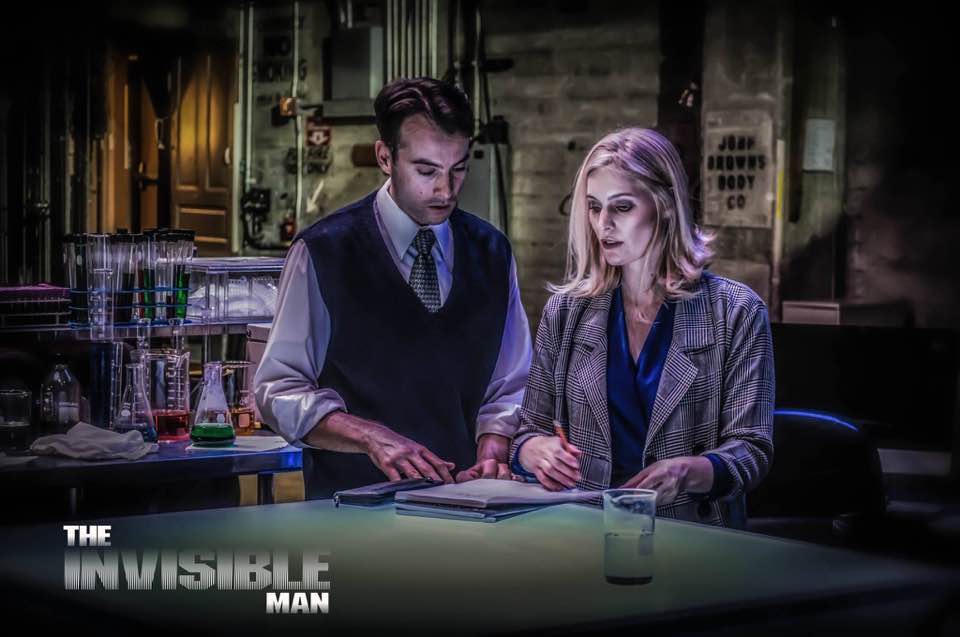The Invisible Man (2020) is a gripping and modern reimagining of the classic H.G. Wells novel, brought to life by director and writer Leigh Whannell. Departing from the traditional science fiction roots of earlier adaptations, this version reinterprets the tale as a psychological horror-thriller that explores themes of domestic abuse, trauma, gaslighting, and control. It offers a fresh, socially relevant perspective while still delivering intense suspense and a chilling atmosphere.
The story centers on Cecilia Kass, portrayed powerfully by Elisabeth Moss, a woman trapped in a violent and controlling relationship with a wealthy and brilliant optics engineer, Adrian Griffin. In the film’s haunting opening sequence, Cecilia escapes from Adrian’s technologically fortified home in the dead of night, setting the tone for the tension that follows. Shortly after her escape, Adrian is reported dead by suicide, seemingly freeing Cecilia from his grasp. However, she begins to suspect that his death was a ruse and that he has discovered a way to become invisible, continuing to torment her from the shadows.
As Cecilia’s life unravels, those around her—including her sister, her childhood friend James, and his teenage daughter Sydney—begin to doubt her sanity. The film skillfully uses visual space, silence, and minimalist special effects to build a creeping sense of paranoia. Empty corners and quiet rooms become terrifying as Cecilia—and the audience—begins to question what may be lurking unseen. The invisibility concept is used not just as a sci-fi gimmick but as a powerful metaphor for the invisible nature of psychological abuse and the way victims are often disbelieved or dismissed.

Elisabeth Moss delivers a remarkable performance, capturing Cecilia’s gradual breakdown, inner strength, and desperate fight to prove her reality. Her portrayal grounds the film emotionally, making the story as much about reclaiming power and autonomy as it is about escaping a monstrous presence. Moss’s commitment to the role allows viewers to feel every moment of dread and helplessness alongside her character.
Visually, The Invisible Man employs a restrained yet effective style. Rather than relying on jump scares or flashy effects, the film builds horror through long takes, suggestive camera movements, and sound design. The result is a slow-burning intensity that keeps viewers on edge. The technology behind the invisibility suit is grounded in realism, making it all the more unsettling and believable in today’s world.
What sets this adaptation apart is its timely and resonant commentary. Rather than focusing on the invisible man himself, the film shifts perspective to the victim, creating a narrative where survival, resilience, and belief in one’s truth become central themes. It cleverly critiques how institutions—whether legal, medical, or social—often fail those experiencing abuse, leaving them isolated and vulnerable.

In conclusion, The Invisible Man is a masterfully crafted horror film that revitalizes a classic story with contemporary urgency. With a standout performance by Elisabeth Moss, intelligent direction by Leigh Whannell, and a suspenseful narrative that resonates deeply, it stands as one of the most powerful thrillers of the decade. It is both terrifying and thought-provoking—a rare combination in modern horror cinema.


